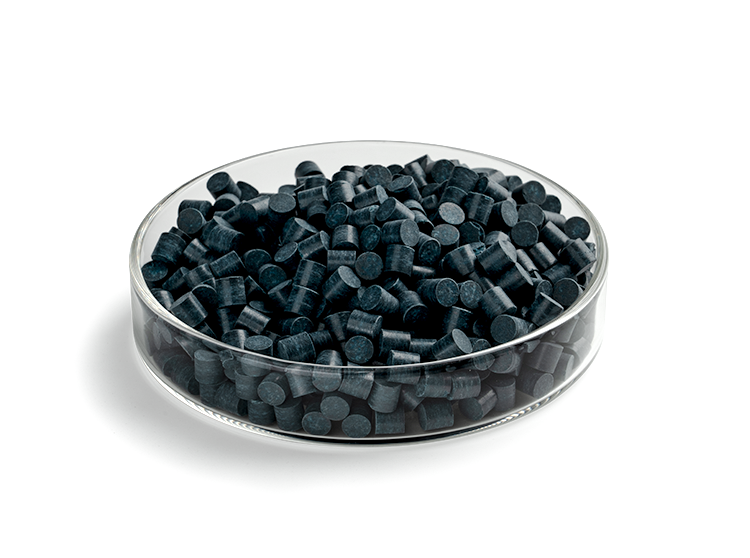Catalyst

Name:Hydrogenation of Dimethyl Oxalate to Ethylene Glycol (DEG) Catalyst
The traditional process for the production of ethylene glycol depends on non-renewable petroleum resources. This process produces ethylene glycol through the hydration of ethylene oxide derived from the oxidation of ethylene from petrochemical sources. In contrast, the use of gas-phase CO derived from modern coal chemical industry pathways to catalyze the coupling synthesis of oxalic acid dimethyl ester, followed by the hydrogenation of the oxalate to produce ethylene glycol offers a significant cost advantage. In this pathway, the oxalate hydrogenation catalyst plays a central role in the process as a whole. The design and preparation of a high efficiency oxalic acid dimethyl ester hydrogenation catalyst is the key to realizing the industrial-scale production of ethylene glycol from coal.
The CO coupling synthesis of ethylene glycol is assisted by the catalyst. After gas-phase CO first reacts with methyl nitrite under catalysis to form oxalic acid dimethyl ester and NO, the NO then reacts with added methanol to form methyl nitrite, which generates new reactive species. The intermediate product, oxalic acid dimethyl ester, enters the subsequent hydrogenation process step, which yields ethylene glycol. The coupling reaction is a closed, self-cycling process, and involves relatively mild reaction conditions. The hydrogenation reaction requires relatively high catalytic activity and ethylene glycol selectivity.
Get Product Catalog, Service Introduction and Quotation
